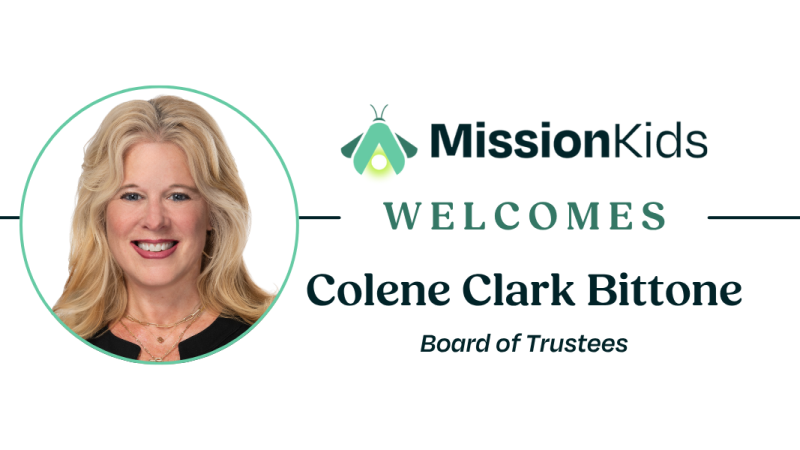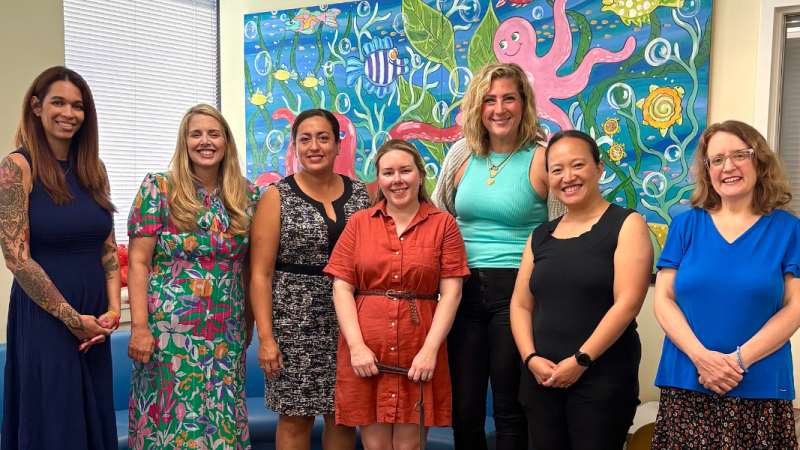Child sexual abuse is a pervasive issue that demands a comprehensive and compassionate response. The recent revelation of 1,400 child sex abuse cases in the UK between 1997 and 2013 that went unprosecuted underscores the critical need for effective systems to support victims and ensure justice. This situation highlights the importance of Child Advocacy Centers (CACs) and similar models, such as the Barnahus, in addressing child abuse cases.
The Role and Benefits of Child Advocacy Centers
Child Advocacy Centers provide a coordinated, multidisciplinary approach to investigating and responding to child abuse. By bringing together law enforcement, child protective services, medical professionals, and mental health experts under one roof, CACs create a child-friendly environment that minimizes trauma and supports healing. This collaborative model ensures that children are not subjected to repeated interviews by different agencies, which can exacerbate their trauma. Instead, a single, comprehensive forensic interview is conducted, reducing the emotional burden on the child.
Similarly, the Barnahus model, widely used in Nordic countries, adopts a child-centered approach to handling abuse cases. Translating to “Children’s House,” the Barnahus provides a safe, welcoming space where children can access medical, psychological, and legal support, all under one roof. This model has been lauded for ensuring that a child’s needs are prioritized throughout the investigative and judicial processes.
Research has demonstrated the efficacy of CACs in improving outcomes for child abuse victims. Studies indicate that cases handled by CACs are more likely to result in coordinated investigations, timely referrals for medical exams, and quicker access to evidence-based therapy for children. Additionally, caregivers report higher satisfaction with the investigation process when involved with CACs, and the collaborative model reduces duplication of resources, leading to cost savings.
Dispelling Myths Surrounding Child Sexual Abuse
Several myths about child sexual abuse persist, hindering effective prevention and response:
- Myth: Victims must report abuse immediately for their accounts to be credible.
-
- Fact: Delayed disclosure is common among child victims due to fear, shame, or manipulation by the abuser.
- Myth: A child’s behavior or appearance can provoke abuse.
-
- Fact: Responsibility for abuse lies solely with the perpetrator; a child’s actions or appearance are never to blame.
- Myth: Children often fabricate stories of abuse.
-
- Fact: False allegations by children are rare; most reports are truthful and should be taken seriously.
- Myth: If a child has used drugs or alcohol, their account of abuse is less credible.
-
- Fact: Substance use is sometimes a coping mechanism for trauma and does not negate a child’s experience as a victim. Survivors deserve support and belief regardless of these factors.
Addressing these misconceptions is vital to creating an environment where victims feel safe to disclose abuse and seek help.
Mission Kids: Advocating for Children Globally
At Mission Kids Child Advocacy Center, our mission extends beyond local communities to the global stage. Our External Affairs Department is dedicated to fostering research, advocacy, and action for children’s safety and justice worldwide. We engage in international research studies to identify best practices and collaborate with global partners to implement effective child protection frameworks.
One of our recent initiatives includes the development of the Collaborative Response Framework, a trauma-informed model unveiled at the ISPCAN Congress 2024. This framework addresses challenges faced by regions with limited resources, empowering communities to establish tailored, culturally appropriate support systems for child sexual abuse survivors.
Additionally, we have been instrumental in policy advocacy, contributing to legislative changes that protect children. For instance, our CEO of External and Global Affairs, Abbie Newman, played a vital role in Pennsylvania’s decision to replace the term “child pornography” with “child sexual abuse material (CSAM)” in state law, reflecting a more accurate and victim-centered terminology.
Conclusion
The shortcomings in addressing child sexual abuse cases in the UK highlight the necessity of adopting comprehensive, child-centered approaches like CACs and Barnahus models. These frameworks not only facilitate effective investigations but also provide essential support to victims and their families. Through our External Affairs work at Mission Kids, we are committed to advancing global efforts in child advocacy, ensuring that every child has access to safety, justice, and healing.






